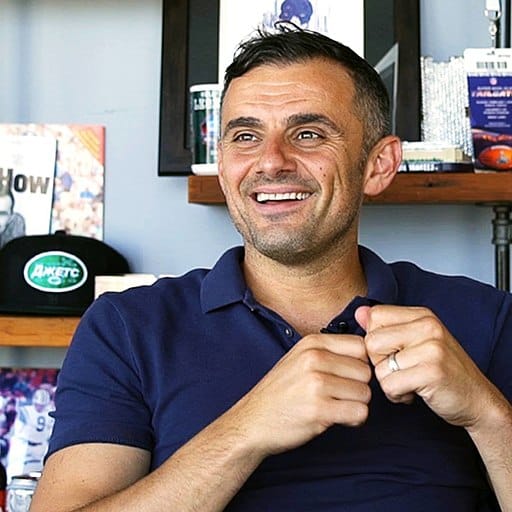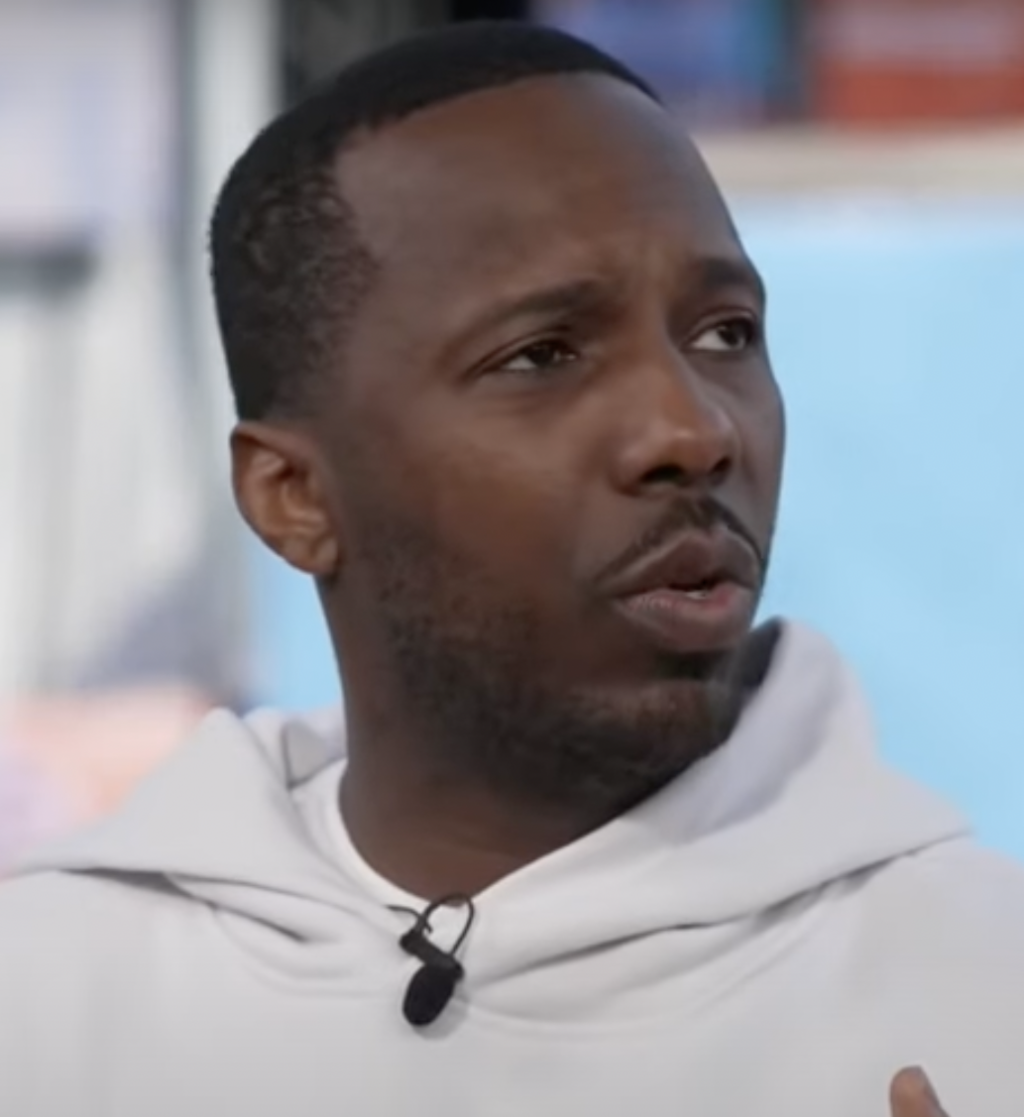Hook Point: How to Stand Out in a 3-Second World

A cottage industry has taken root in the production and publication of marketing books. This goes back to the emergence of Web 2.0 at the start of the millennium.
Most of the authors churning out ‘cottage industry’ marketing books are bad writers and many bad marketers. Regardless, the shift away from traditional marketing to digital marketing opened doors.
Today, a new breed of marketer with their sights set on paid advertising via social platforms like Facebook and Instagram, and the rapid fire churning out of digital videos on the same platforms plus YouTube have turned the tables.
These authors (and marketers) have succeeded at building an audience on one of the core social platforms and now — they’re ready to tell you how you can corner the same territory they’ve mastered. You only need to use the same strategies they’re making available to you (plus thousands of others) in their book for $10.99.
You can also use a discount code embedded in the book to take their online course for another $99. Then there’s the super-saver package which cost $499 and comes with one-to-one real-life coaching on their approach.
Sometimes there’s enough written in reviews to stir interest and sell the book. That explains how I ended up with Hook Point: How to Stand Out in a 3-Second World (“Hook Point”).
The Formula
The formula for marketing books needs to change. What’s the formula?
- Use case studies to show readers how things were before your approach and what happened 60- or 90-days after executing your approach.
- Repeat the case studies 4–5 times with variation in each retelling to give readers the sense that you have tons of proof.
- Push your consulting services at the end of each chapter.
- Name drop today’s online marketing gurus like Simon Sinek and Gary Vaynerchuk (early and often).
- Cherry pick select quotes from articles written by respected marketing leaders to provide validation for your approach.
Everything above plays out over the 250 plus pages of Hook Point. The main thing missing from formula-based marketing books — new and original thought.

The Rise of Personal Branding Stars
Brendan Kane isn’t there yet, but he’s ascending fast to the ranks of Neil Patel, Seth Godin, and Gary Vaynerchuk.
A powerful personal brand propels his ability to sell books. His first book, One Million Followers: How I Built a Massive Social Following in 30 Days was a huge hit.
Hook Point his second book. Both books were published in 2020. Last year, Kane released his third book. I expect the pattern to continue.
While his services as a leading social media strategists and video content creator are likely worth it. Hook Point doesn’t convey his message well.
From the very first chapter to the end, Kane slides back and forth on a timeline between the 1950’s heyday in print advertising to modern day on platforms like YouTube, Instagram and Facebook with the intention of showing how headlines evolved to hook points.
Kane sweeps across time like a kid spinning a giant globe with the purpose of telling us something about the place where his finger lands.
A few core examples are used several times in variation such as the rise of Netflix and their conquering of Blockbuster.
His personal experiences selling what wasn’t yet termed the hook point approach to a young star on the rise in Taylor Swift.
We also read multiple times about Michael Breus, Ph.D., who is well-known as ‘The Sleep Doctor.’ Kane views that moniker ‘The Sleep Doctor’ as the hook point that sets him apart from the rest of the doctors in his field.
Breakthrough Digital Videos and Content
Hook Point isn’t worthless. There’s substance inside too. Particularly, when Kane focuses full force on digital videos. He’s authoritative, experienced, and informed on this area.
For those who want his secret sauce, skim the first two chapters and get ready to take notes in Chapter 3. What might you learn?
- Popularity and celebrity come with the advantage of a built-in audience, but there’s little correlation between both of those factors and content performance.
- Hook points and carefully constructed thumbnails must be embedded from end-to-end in video content to maintain engagement and ensure viewers stay with you.
- There’s an art and genuine purpose in giving away the gag at the start of videos when viewers are deciding to stay or go.
- Understand you can make a promise to viewers in the first 3-seconds of a video to increase the chances of them sticking with you.
Of course, you have experienced video creators who have been delivering engaging content who know how much thumbnails and hooky pitches drive audience engagement and relevancy.
Keep in mind though, the term ‘experienced video creator’ is a descriptor which can only be used by a few. Hundreds of millions of us actively use one or more social platforms every day, a staggering figure.
However, data tells us around 2% of social media users are content creators. Meaning this book will provide value to the 98% who might’ve posted a video — but accepted whatever YouTube suggested as the thumbnail without the slightest change prior to posting.
In reading through Chapter 3, there were points where I wish Kane had gone deeper in explaining algorithms and perhaps offering troubleshooting tips for video creators who aren’t seeing the upside.
The meme card content easily could have been broken out into a separate chapter with more meat. Kane favors image and video driven content.
So, creators turning to this book with an interest in finding examples of flourishing on social platforms like Reddit, LinkedIn, and X, which bloggers and journalists favor — won’t find much to guide them in new directions.
Worth the Read
The book makes one core promise to readers — learn what you can do in order to stand-out in a digital world where viewers offer no more than 3-seconds to capture their attention.
Once you finish reading Chapter 3, Kane shifts to discussing the use of hook points in a plethora of ways outside the digital world.
The majority of the book in my opinion is spent offering broad business advice and effective selling tips which isn’t what I wanted to walk away with after taking a week to read it.
If you’re able to borrow this one from the library, give it a read.
Otherwise I think you leave this one in the Amazon Warehouse.






Member discussion